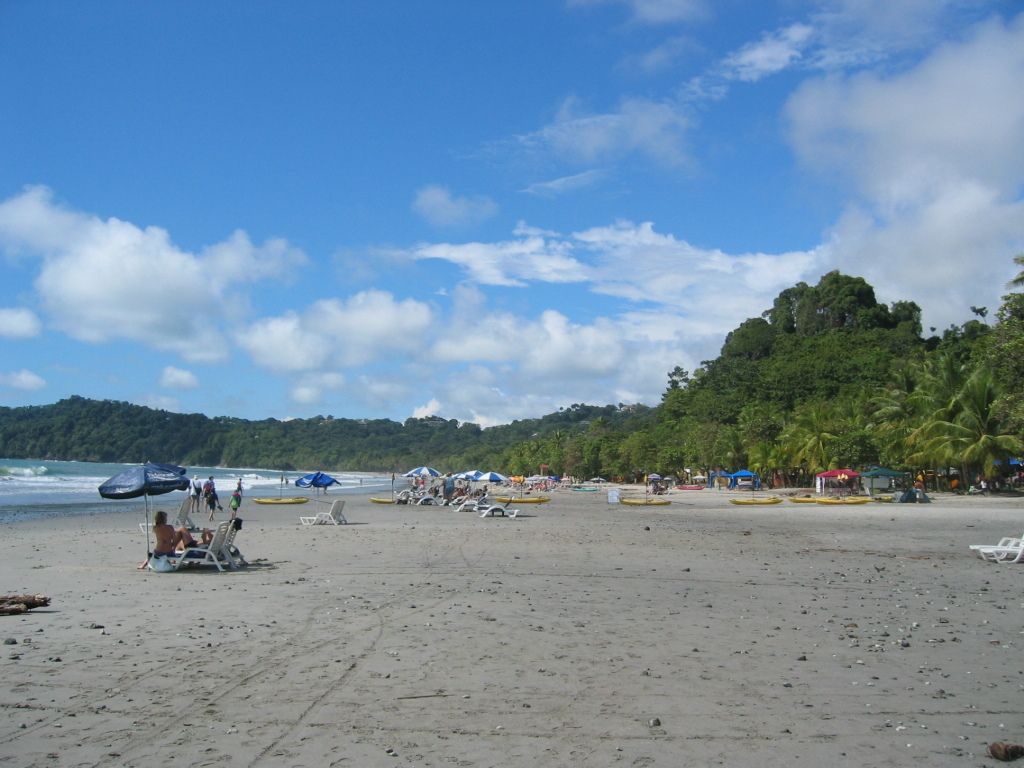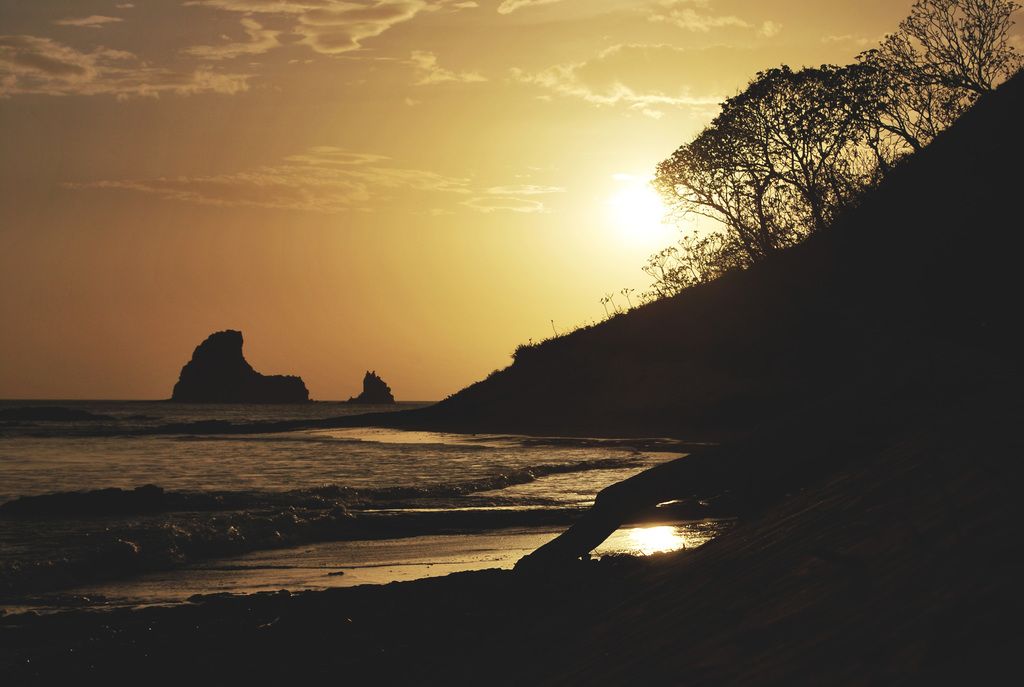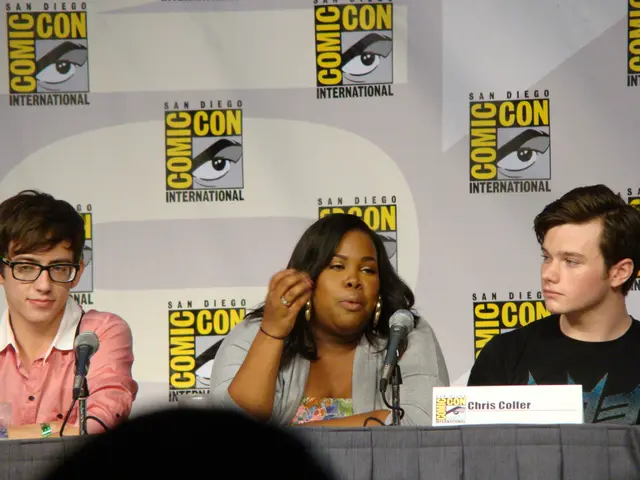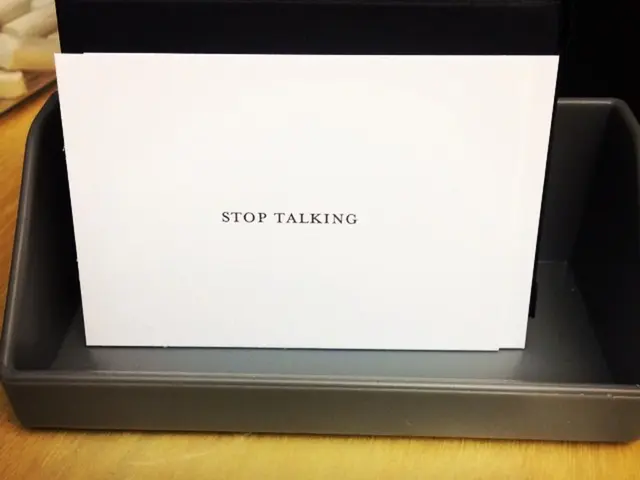Contesting the Olympian wave: The South Seas village challenges the organizers on the surf tower
Teahupoo holds a mystic allure for the world's top surfers. Home to one of Earth's most epic and majestic waves, it gracefully crashes against the shores of the paradisiacal village in Tahiti's South Pacific. The Olympic Games seek to capitalize on this marvelous spectacle, but the question arises: Can the Olympics and the humble fishing village live harmoniously?
The Olympic surfing events are not headed towards the French Atlantic but instead, more than 15,000 kilometers away, in the iconic locale of French Polynesia at Teahupoo. A story of titanism, conservation, and compromises unfolds.
At its core, it boils down to whether the Olympics can coexist with a remote South Seas fishing village. When the plans for the Olympic infrastructure surfaced, the village's surfers, fishermen, and locals united in rebellion against the developers.
Giving rise to unease
It wasn't the competition itself that stirred unease, but a planned aluminum tower on the coral reef. The need for a structure to house judges, photographers, and event officials arose. The original blueprints envisioned an unprecedented scale, substantial anchoring in the reef, and sewage systems alongside underwater pipes among other features. The main concern: the delicate ecosystem could be compromised, and the infrastructure construction might have a detrimental impact on the reef, marine life, and the very waves which make the location legendary.
Prominent local surfers Eimeo Czermak and Matahi Drollet, among others, took to online petitions to challenge the new tower. Drollet voiced his opposition on Instagram, stating, "There's no way we're going to let them destroy this place for three or four days of competitions."
Drollet's viral video emphasizes the region's stunning natural beauty, showcasing the reef's diverse flora and fauna. His purpose: to raise awareness of preserving the ecosystem. Over 160,000 signatures have graced the online petition.
Why not opt for the old wooden tower?
The critics never doubted the necessity of a tower, but they believe that a new construct costing several million euros is an excessive expense. They believe that the existing wooden tower, ample for WSL Championship Tour competitions (the surfing World Cup featuring surfers like surfing legend Kelly Slater and Tokyo Olympic champion Italo Ferreira), should suffice in the Olympics' case.
German Olympian Leon Glatzer shares this perspective. He proposes utilizing the existing wooden tower to avoid additional coral damage. He appeals to the IOC to adapt to local conditions and accord respect to the indigenous community, coexisting with nature. He thinks minimal changes in broadcasting, organization, and production set-ups will not compromise the Olympics' spectacle.
New organizer's plans in action
The organizers have resolved to change their original plans. While the original wooden tower is impracticable due to safety reasons, a significantly smaller aluminum tower is set to replace it. Weighing merely nine tons instead of the former 14, this tower will accommodate fewer people.
Due to its reduced size, the tower won't demand as deep foundation drilling, minimizing coral damage. Hailing the lack of a sewage system and water connection, the organizers promised to create a competition that is environmentally responsible, where the games align with Teahupoo's unique character rather than the other way around. They have vowed to continue dialogues with environmental groups and the local community.
However, the locals' satisfaction remains questionable, as they continue to show their disapproval even after these adjustments.
Sources:
[1]
[2]
[3]
[4]








